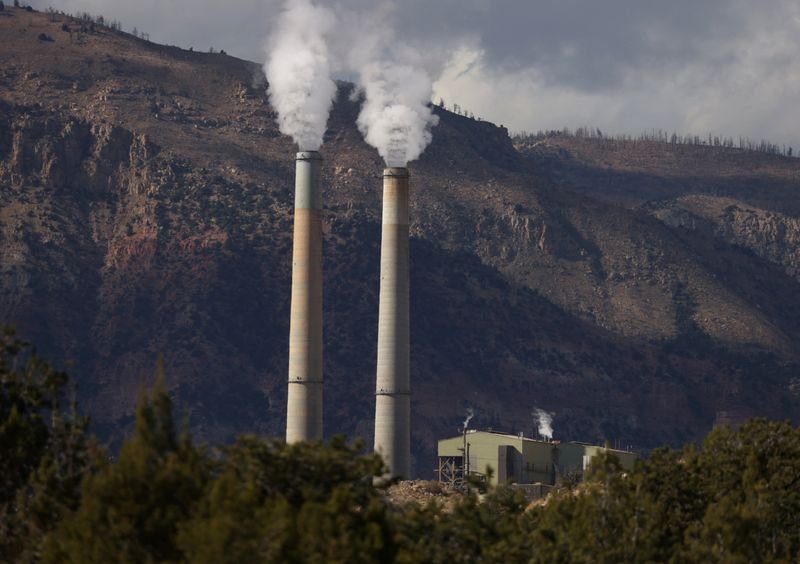BofA Revises Natural Gas Price Forecast Amidst Surging Production Levels
The rapidly evolving landscape of natural gas pricing has prompted Bank of America (BofA) to revise its forecasts. As production consistently exceeds demand, the financial institution has adjusted its price expectations for the industry. This reassessment underscores the dynamic interplay between supply and demand within the natural gas market.
Current Market Conditions for Natural Gas
The natural gas market is experiencing significant fluctuations due to various factors, including production increases and seasonal demands. Analysts are observing a notable rise in output, resulting in an oversupply situation. As natural gas production grows, the pressure on prices intensifies, causing BofA to lower its forecasts accordingly. This shift indicates an evolving market where producers must navigate the balance between supply capabilities and consumer requirements.
Factors Driving Production Increases
Several elements contribute to the heightened levels of natural gas production. Technological advancements in drilling techniques, particularly in hydraulic fracturing and horizontal drilling, have allowed energy companies to access vast reserves more efficiently. Additionally, the stability of production in key regions, such as the Permian Basin, has played a crucial role in increasing overall output.
The ongoing investment in infrastructure also supports the uptick in production. With new pipelines and processing plants coming online, the ability to transport and process natural gas has improved dramatically. This enhanced infrastructure ensures that greater volumes of gas can be delivered to the market, further driving the supply levels.
Demand Dynamics in the Natural Gas Sector
While production continues to soar, demand for natural gas has shown variability. Weather patterns, industrial consumption, and global energy trends significantly impact demand. Typically, colder winters boost demand as households and businesses rely on natural gas for heating. However, fluctuations in weather can lead to sporadic spikes in demand that do not always align with production capabilities.
Additionally, the global transition toward renewable energy sources has influenced natural gas consumption. As countries strive to reduce carbon emissions, the role of natural gas as a transitional fuel has become pivotal. However, this shift also means that the demand landscape for natural gas is changing, as renewables take a more significant share of the energy market.
Price Projections for Natural Gas
Given the current oversupply situation and the adjustments made by BofA, short-term price projections are being reevaluated. Analysts predict that natural gas prices may remain subdued in the near future, as production outpaces demand significantly. This forecast presents challenges for producers, especially small to mid-sized companies that may find it difficult to sustain profitability under declining price environments.
The revised price outlook might lead to strategic shifts within the industry. Companies may need to focus on improving operational efficiencies or diversifying their portfolios to maintain financial stability. The current economic climate may also prompt more mergers and acquisitions as firms look to consolidate resources and widen their market reach.
Long-Term Implications for the Natural Gas Market
The long-term implications of BofA’s revised price outlook could have substantial effects on the natural gas landscape. An oversupplied market generally leads to reduced investment in exploration and production, which can create long-term shortages if demand increases suddenly. Consequently, energy companies could face difficulties in ramping up production in response to a market turnaround.
Additionally, regulatory pressures and environmental concerns could play into the future of natural gas production. As governments worldwide increasingly prioritize green energy initiatives, the competitive landscape may shift even more, impacting how natural gas is utilized in energy portfolios moving forward.
Conclusion
In summary, the dynamic interplay of production levels and demand trends continues to shape the natural gas market, prompting significant revisions to price forecasts from institutions like Bank of America. As the industry navigates these challenges, understanding the factors influencing supply and demand will be crucial for stakeholders to make informed decisions. The current landscape calls for attention to both market conditions and strategic planning in anticipation of future developments in the natural gas sector.
